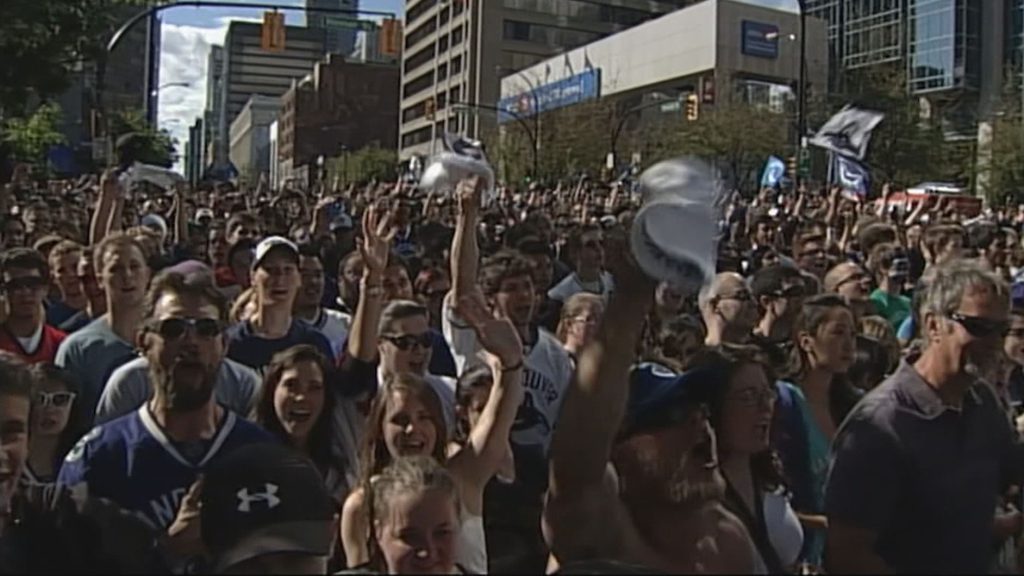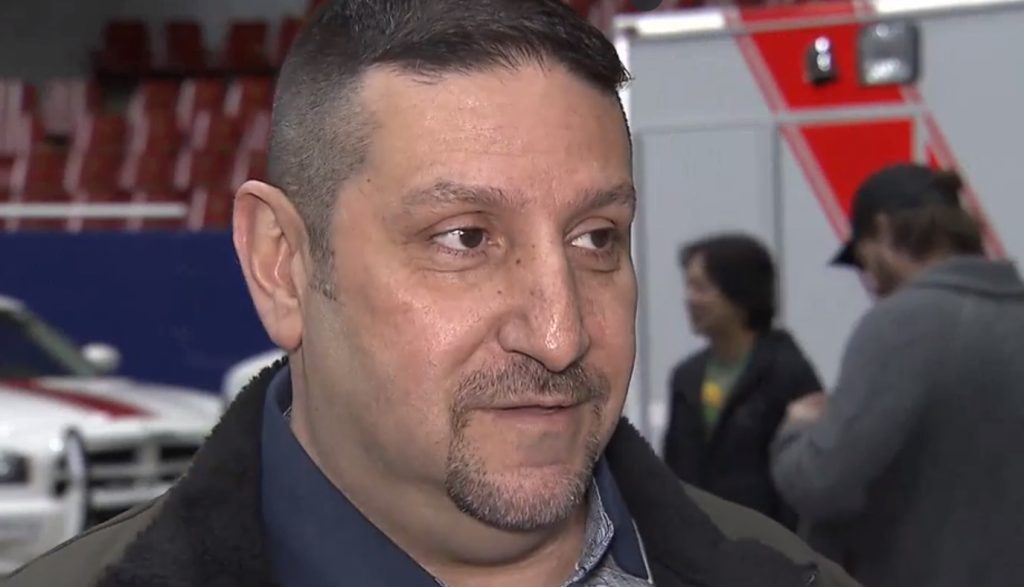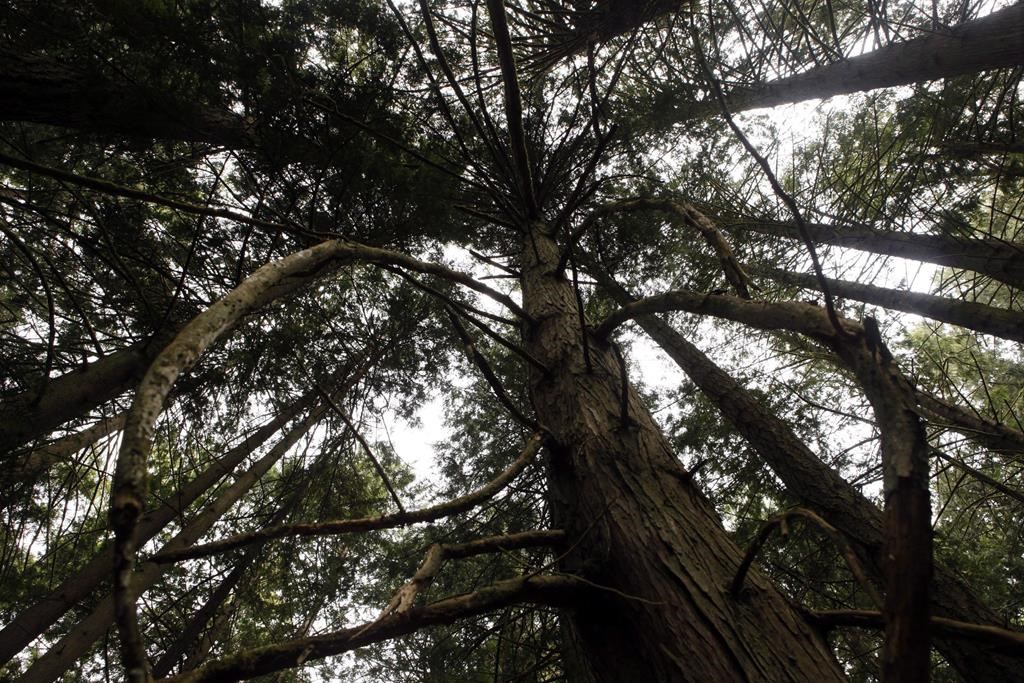How a shortened 2020 season could impact the Blue Jays on the field
Posted March 26, 2020 6:03 am.
TORONTO – In recent weeks, our long-held assumptions about the 2020 baseball season have given way to a far more sobering reality. Scenarios that once seemed unpalatable – a shortened schedule, a June start date – would now be welcomed.
Under these circumstances, any discussion about the game between the lines remains secondary, as Toronto Blue Jays president Mark Shapiro and general manager Ross Atkins both stressed in recent conference calls. The first priority is public health amid the rapid spread of COVID-19. Only after the threat posed by the coronavirus eases will baseball resume.
If and when that happens, the 2020 season will be unlike any we’ve seen before. Big picture, baseball coming back would signal a welcome return to normalcy. With that in mind, opening day could end up being pretty special.
The game will even be different between the lines, and the delayed start stands to impact some teams more than others. Take the New York Yankees, for instance. If the season began this week, James Paxton, Aaron Judge and Giancarlo Stanton would all be on the sidelines. Within a few months, all three could be healthy.
For young teams like the Blue Jays, a shortened season might be costly from a development standpoint. Yet a condensed 2020 schedule could also include some silver linings for the Blue Jays:
A different type of player development
Under ordinary circumstances, MLB players would now be in game shape. Instead, social distancing is a must, so access to gyms and practice facilities remains extremely limited. As such, “a very small minority of players” can even play catch, according to Shapiro.
“I do think that, at this point, the physical exercise that they can do is as much about mental health and maintaining some semblance of normalcy and routine,” Shapiro said Sunday. “Probably a little bit less baseball-specific. There’s almost no one who can maintain game-ready shape in light of these circumstances. That is not a priority at this moment.”
In other words, staying in game shape is just about impossible and it’ll likely stay that way for a while. Even veteran players such as Mike Trout and Max Scherzer are sure to feel some rust after a layoff that long, but at least they’re already polished.
The cost of the stoppage is greater for developing players. Prospects like Nate Pearson, Jordan Groshans and Simeon Woods Richardson would ideally be developing in game environments. Now that something as simple as playing catch is a challenge, their development may well slow down. Even at the major-league level, the Blue Jays have young players in need of reps, Vladimir Guerrero Jr. among them.
That’s not ideal. At the same time, development doesn’t have to stop entirely. Noting that significant development often happens during the off-season, Atkins said the current pause opens up “incredible opportunities for creativity.”
“It’s really, really hard when you’re trying to compete for performance stats and stay in lineups and to try to win ball games to make significant adjustments,” he said. “This, for some players, will create extended opportunities and windows to really lock in an adjustment that they were working on and maybe not be as focused on trying to make the major-league roster, or not as focused on impressing our major-league coaching staff or front office.”
The impact of a compressed schedule
From a front-office standpoint, each game provides new information about players vying for opportunity. The current pause means the Blue Jays have no way to assess those on the fringe of the roster – outfielders Anthony Alford, Derek Fisher, Jonathan Davis and Billy McKinney, for example.
The same challenge applies in the bullpen, where the Blue Jays will have to wait months longer than expected to determine which arms to keep and which can be discarded. On a more positive note, reliever Rafael Dolis will have plenty of time to recover from the appendectomy that would likely have sidelined him for opening day under ordinary circumstances.
Once the games do start, there could be more opportunity for starting pitchers if the schedule includes a regular dose of double-headers. That could mean the likes of Anthony Kay and Jacob Waguespack are called up from triple-A early and often.
When small samples are a good thing
Objectively speaking, the Blue Jays are highly unlikely to unseat the Yankees or Tamp Bay Rays over the course of 162 games. The ZiPS projection system gives the Jays a 0.9 per cent chance of making the playoffs assuming a traditional schedule.
But as the season shortens, the standings stop reflecting true talent as closely and more opportunity emerges for surprise teams to make the post-season. That’s good news for the Blue Jays, whose playoff odds would increase to 8.9 per cent in a 110-game season and 16.7 per cent in an 81-game season, according to ZiPS.
With that in mind, the front office might shift its priorities ever so slightly from development to win-now, especially if the team starts strong.
Don’t expect the ever-measured Blue Jays front office to lose sight of long-term goals here, but who knows: could a shortened season help Pearson’s chances of breaking camp with the team? Workload would certainly be less of a concern during a three-month season, though the Blue Jays will, of course, monitor his fatigue levels. For this possibility to gain any traction, Pearson’s off-speed stuff would have to be effective when spring resumes. But the temptation may be there considering the kind of impact he could make for a potential surprise team.
For now, all those on-field questions are far from pressing. Hopefully, that changes within a couple of months and the game itself will drive discussion once again.










